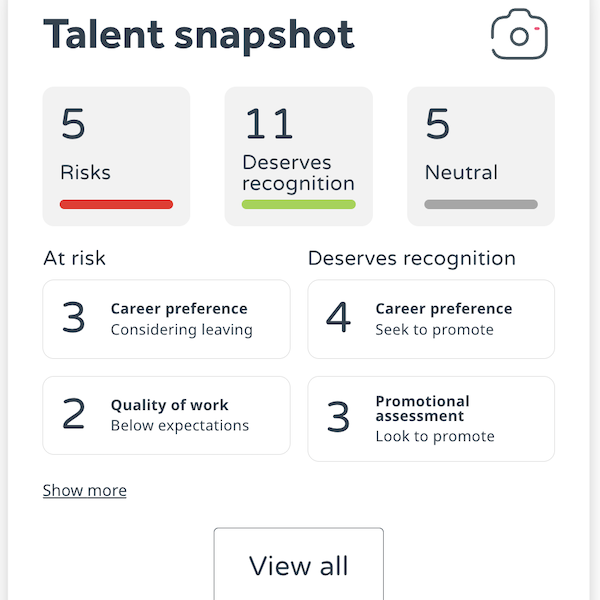It’s very likely that at some point in your career you’ve participated in one, but have you wondered what is the purpose of an employee engagement survey? Unfortunately, it is rarely made clear to employees, and often results in lower participation rates and a lack of confidence in their organisation.
The importance of employee engagement in a hybrid working environment is clear. But while mental health first-aiders, wellbeing initiatives and EAPs can be of great help to employees, they often treat the symptoms – not the cause of disengagement.
The purpose of an employee engagement survey
Do you know what Cheryl in the accounts department or Ben in sales need to feel motivated, happy and healthy at work? Probably not. However, Cheryl and Ben might not even know this themselves.
The purpose of an employee engagement survey is to uncover exactly what those innate needs are among your people and how to help them thrive at work.
Gather open and honest feedback
An employee engagement survey allows open and honest feedback between employers and staff. It provides an opportunity for direct communication about where your organisation is succeeding and where more support is needed.
But importantly, running an employee engagement survey tells your people that their voice matters. However, it is vital that you act on survey results swiftly so participants believe that their voice matters. This makes your employees feel like active participants in the development and future direction of your organisation.
Measure key metrics
What does an engaged employee look like in your company? The primary purpose of an employee engagement survey is to tell you i) who is meeting your engagement goal, and ii) what you need to do to help the people who aren’t.
But what key metrics should you use? Maslow’s hierarchy of needs model tells us we must satisfy five areas to grow as a person. These areas are:
- Physiological needs
- Safety needs
- Love and belongingness needs
- Esteem needs
- Self-actualisation
This model tells us what people need to be happy and fulfilled in their lives. But how does this translate to the workplace? The 4C employee experience model developed by Piers Bishop, workplace psychologist & WeThrive co-founder uses 16 key metrics to measure employee engagement.
Drive cultural change and development

When employees have all of their underlying needs met they are more productive, healthy and happy. Turnover rates can be prevented by up to 52% and profits can increase by 21%.
But organisational growth relies on management and directors being prepared to take feedback onboard in order to drive change. Therefore it is critical to communicate effectively and get the buy-in from employees ahead of time.
Evaluate progress
Do you know how your engagement score has changed over the last year? Or the impact COVID-19 and working remotely had on your people? A key purpose behind an employee engagement survey is to evaluate progress and see how your people are growing.
Without benchmarking data, many organisations struggle to evaluate if things are getting better. And importantly, in which areas. Asking “do you feel more engaged in your role this year?” isn’t good enough. Seeing where your people’s scores have improved in different areas is a strong indicator of progress. It also gives you a targeted understanding of specifically where you still need to work on.
WeThrive’s benchmarking tool is built into all surveys so you can quickly compare scores and evaluate progress against both your historic results and others in your industry.
Run an employee engagement survey for free
If you want to experience the direct benefits of an employee engagement survey then why not try it for free? Treat the cause of disengagement instead of the symptoms with your first 10 people using WeThrive’s free expert employee engagement platform.
You’ll get instant results, feedback, action plans and curated learning content – all based around our expert 4C employee experience model. Sign up now to get started.



